Moxibustion on front-mu and back-shu
Applying direct moxibustion on front-mu and back-shu points makes a huge difference in treating various disorders. The acupuncture points are located close to the relevant organs. It is easy to imagine that they can influence the functions of the relevant organs. Applying direct moxibustion on front-mu and back-shu points will greatly affect the outcome of treatments.
Actions of front-mu and back-shu points
Energy or qi of five zang organs and meridian gathers at the front-mu points. Palpations at the points indicates where diseases are located. Depending on the condition of the points, we notify or sedate the points using acupuncture and moxibustion.
Back-shu points are where qi of zang and six fu organs gather. The points are located close to the organs, and they reflect various conditions of the organs. Practitioners use the points for diagnosis and treatments. Applying acupuncture and moxibustion at the points have a great effect on the outcome of the treatments.
Different front-mu that master Gudang used
Dr Kim Namsoo (Gudang) used different front-mu points from traditional front-mu points. He placed more importance on anatomical locations. All the front-mu points that he used during his practice are as follows:
Stomach – Ren 12
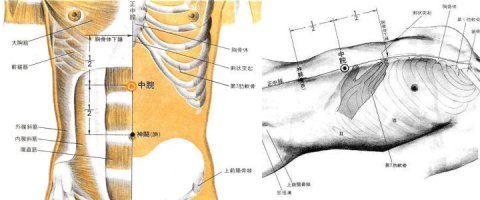
This is the same as the traditional front-mu. He used the point to treat any disorders related to stomach.
Pancreas – ST 21 (Left)
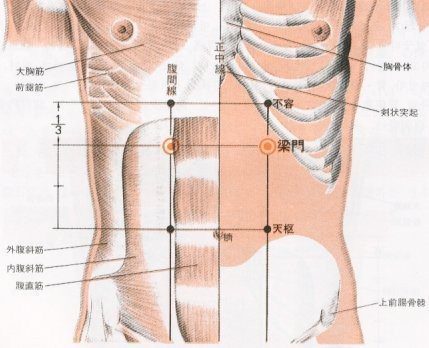
Gudang used ST21 to treat any disorders related to pancreas.
Spleen – LV 14 (Left)
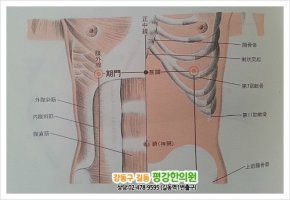
The master used the left LV 14 to treat all disorders related to spleen.
Gallbladder – ST 21 (Right)
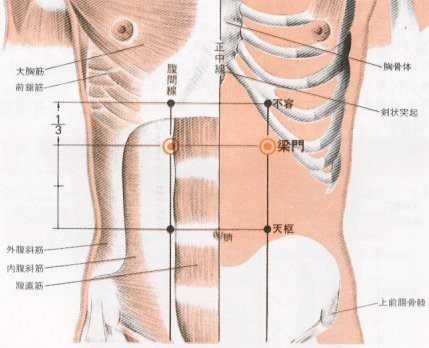
Gudang used the right ST 21 to treat all disorders related to gallbladder.
Liver – ST 19 (Right) and LV 14 (Right)
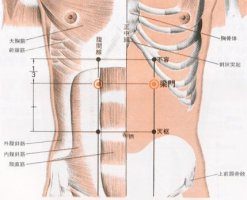
He used the right ST 19 and LV 14 to treat all disorders related to liver.
Large Intestine – ST 25
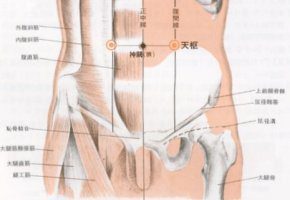
This is the same as the traditional front-mu point. He used ST 25 to treat all disorders related to large intestine and mind disturbances.
Small Intestine – Ren 4
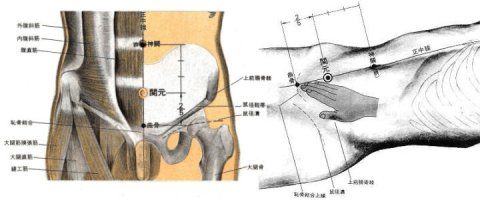
This is the same as the traditional front-mu point. He used the point to treat disorders related to small intestine, kidney and diminishing yang qi. The point is one of the required acupuncture points to treat all male patients.
Ovaries – ST 27
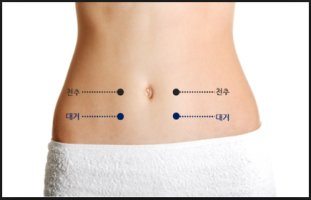
The master used ST 27 to treat all women’s disorders. The lower one is ST 27 and the upper one is ST25.
Bladder – Ren 3
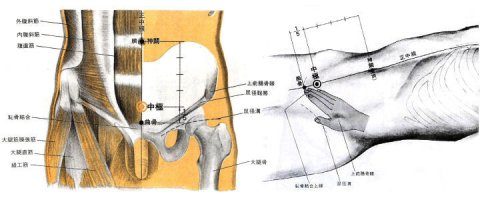
Gudang used Ren 3 to treat disorders related to bladder. The point is one of the required acupuncture points to treat women’s diseases.
Kidney – Ren 6, Ren 4, ST 25, or BL 52
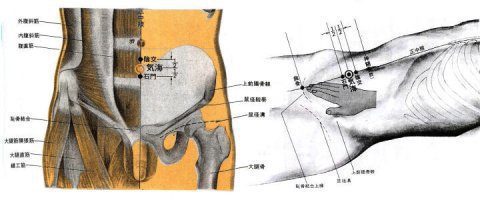
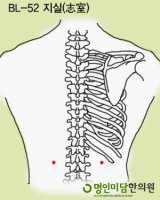
The upper picture shows Ren 6, and the left picture is BL 52. The master used Ren 6, Ren 4, ST 25, and BL 52 to treat disorders related to kidney. Ren 6 is also one of the required points to treat men’s disorders.
He also makes sure of choosing points that show responses around and near the points. The combination of front-mu and back-shu points bring earlier relief of any disorders.